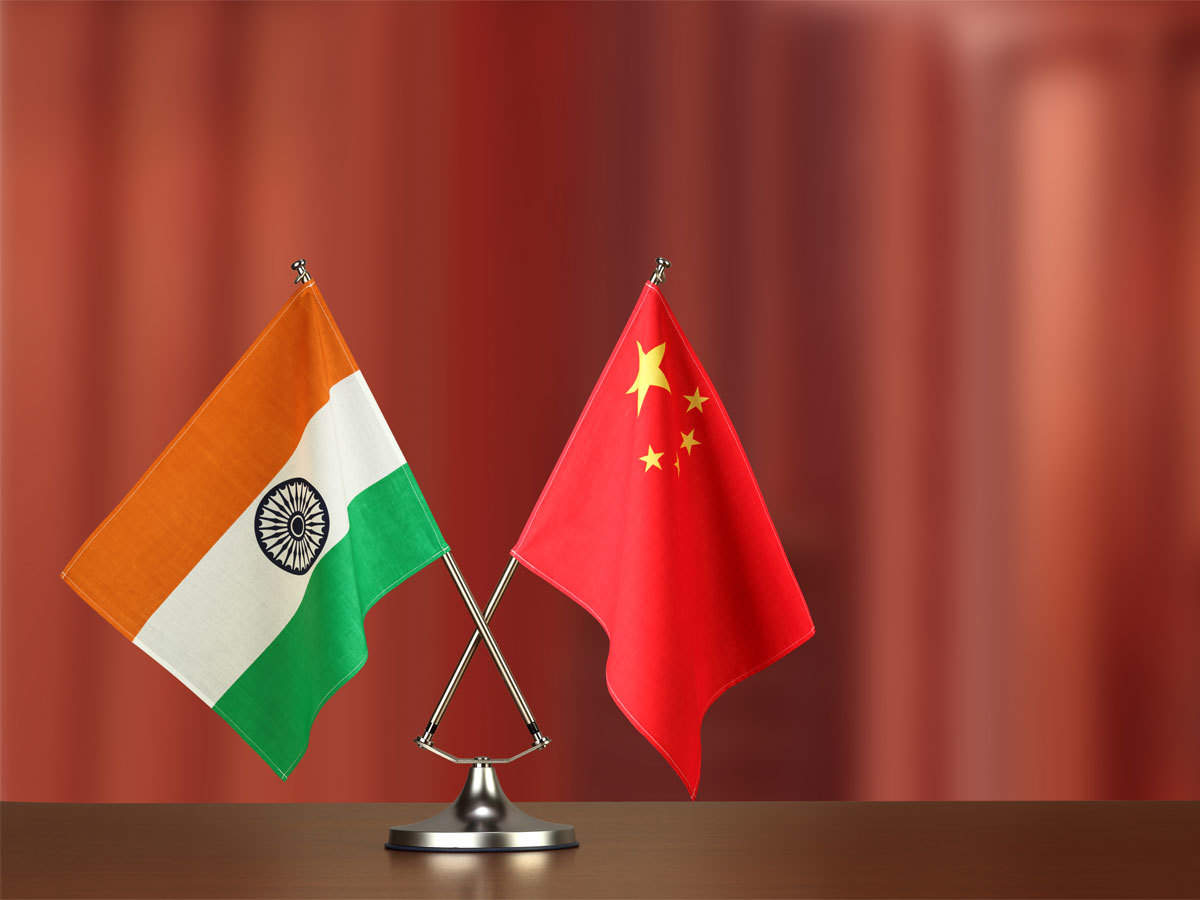Many Indian students and businessmen opting for the Chinese language because of its global reach and Beijing’s growing clout, in addition to booming trade ties with Taiwan and South-East Asia, begin to have second thoughts.
China, a country where proverbs and parables count for much, has this one-liner from its ancient sayings – “A journey of a thousand miles begins with a single step.”
Well, the single step in this modern context is learning Mandarin, which with 1.4 billion speakers, is the largest spoken language in the world and the second most used language on the internet.
While English occupies the top position if native and non-native speakers are considered, Mandarin Chinese is the most spoken language in the world when counting only first language or native speakers.
The study of Mandarin Chinese in India runs a parallel course with the rising significance of not just China, but the world of South-East Asia – Singapore and Hong Kong, among others – which hold major attractions for Indians doing business and students who want a greater slice of the global exposure without travelling West.
Surprising then, that there are no official figures of just how many Indians have opted for studying the language in the country, which many believe is the world’s coming lingua franca.
Big numbers
Suffice it would to be to say, however, that the numbers are quite substantial. Consider this. There are a total of 42 universities that teach Chinese/Mandarin courses in India – from the Sikkim University in Gangtok to the Tezpur University in Assam; from the University of Mysore to the University of Technology in Jaipur; from Maharishi Dayanand University in Rohtak to Guru Nanak Dev University in Amritsar; from Dibrugarh to Pondicherry and from Nalanda to Hoshangabad.
This does not include the plethora of private institutes in the country’s major metropolises, where studying Mandarin – colloquially known as learning Chinese – is pretty much the craze.
Usha Sahoo, founder of Yeh China, one such successful institute in Mumbai, started with three students in 2010. Today, Yeh China has 600-700 primary students on its rolls in addition to an equal number of corporate wards striving to learn the language.
The numbers have taken a 30-40 percent drop post COVID and the recent Sino-Indian tensions, but that according to Sahoo is a temporary blip as things are coming back to normal.
“When we started in 2010, no one knew what Mandarin was,” Sahoo told Moneycontrol.
Rise of China
Obviously, the rising importance of China and the countries in its neighbourhood have contributed to growing interest in the language. For traders on the China-Taiwan `beat’, it helps to understand the language; for students, seeking a career in the IT sector or the corporate world, knowledge of a foreign language like Mandarin is a big plus.
In a highly globalised world where businesses look for people with diverse skills, being multilingual is an asset. It is beneficial for youngsters to be well versed in languages spoken in some of the world’s biggest and fastest growing economies such as China and Taiwan. Mandarin is emerging as one of the most widely spoken languages with growing business possibilities and tourism opportunities.
Knowledge of the Chinese language will enable Indians to compete efficiently in the global economy of the future. China has expanded its trade agreements to countries all over the world.
“The number of Indians studying Chinese is increasing day by day because so many have come to know that Chinese is the language of the future. For many, learning is their ticket to a lucrative career and global job market… Presently, there is no company — from Apple down to a kite-maker in Mumbai — capable of resisting the low sourcing and production cost in China. It is the primary reason why Mandarin classes in India are becoming so widespread,” writes Vikash Gupta in a provocative article entitled The Future of Chinese Language In India. He describes himself as a linguist, educator, and blogger.
To buttress his argument, Gupta writes of the increasing popularity of the HSK exams in India. HSK is the short form for Hanyu (Chinese) Shuiping (Level) Kaoshi (test). The Hanyu Shuiping Kaoshi is the `Mandarin Level Test’ or `Chinese Level Test,’ a sort of a Chinese TOEFL.
As of 2021, there are 12 authorised HSK test centres across eight states in India, with two centres offering both internet-based HSK and paper-based HSK and the rest presenting the test in the paper-based format only. Exams are conducted 14 times in a year.
Even Gupta acknowledges that “While there is a decline in demand for the Chinese language, at least in the near term, in the long run, say three years, things might improve.”
Sadly, the worsening of bilateral relations between the two countries have taken its toll; New Delhi’s tough measures against China’s land grab in Ladakh have impacted the potential growth of a global language in India.
Hindi-Chini bye, byeThe government’s ambitious National Education Policy (NEP) has dropped Mandarin or ‘Chinese’ from its list of examples of foreign languages that can be taught in schools. The language was included in the draft version of the Policy released in May 2019 but omitted from the final Policy document approved by the Union Cabinet, which came out later.
Chinese language Mandarin is also not on the list of languages offered at Class 10, Class 12 level by the Central Board of Secondary Education (CBSE). However, a school can offer any other language as a third language option for Classes 6-8.
The Indian government is also reviewing the role of the Chinese government’s Confucius Institutes (CI’s) in colleges across the country. Reports suggest that Indian chapters of Confucius Institutes and Confucius Classrooms in seven colleges and universities are under the scanner.
The website of Hanban, an agency, which is part of China’s Ministry of Education that manages these institutes, says that the function of these non-profit educational institutions is to “enhance understanding of Chinese language and culture among foreigners, develop friendly relations between China and other countries, and foster the development of multiculturalism…”But what makes these institutes particularly contentious is their proximity to the Chinese Communist Party and China’s renewed push for soft power under President Xi Jinping’s vision of a ‘Chinese Dream.’ That dream for the moment, appears to be going through a rough patch.

































